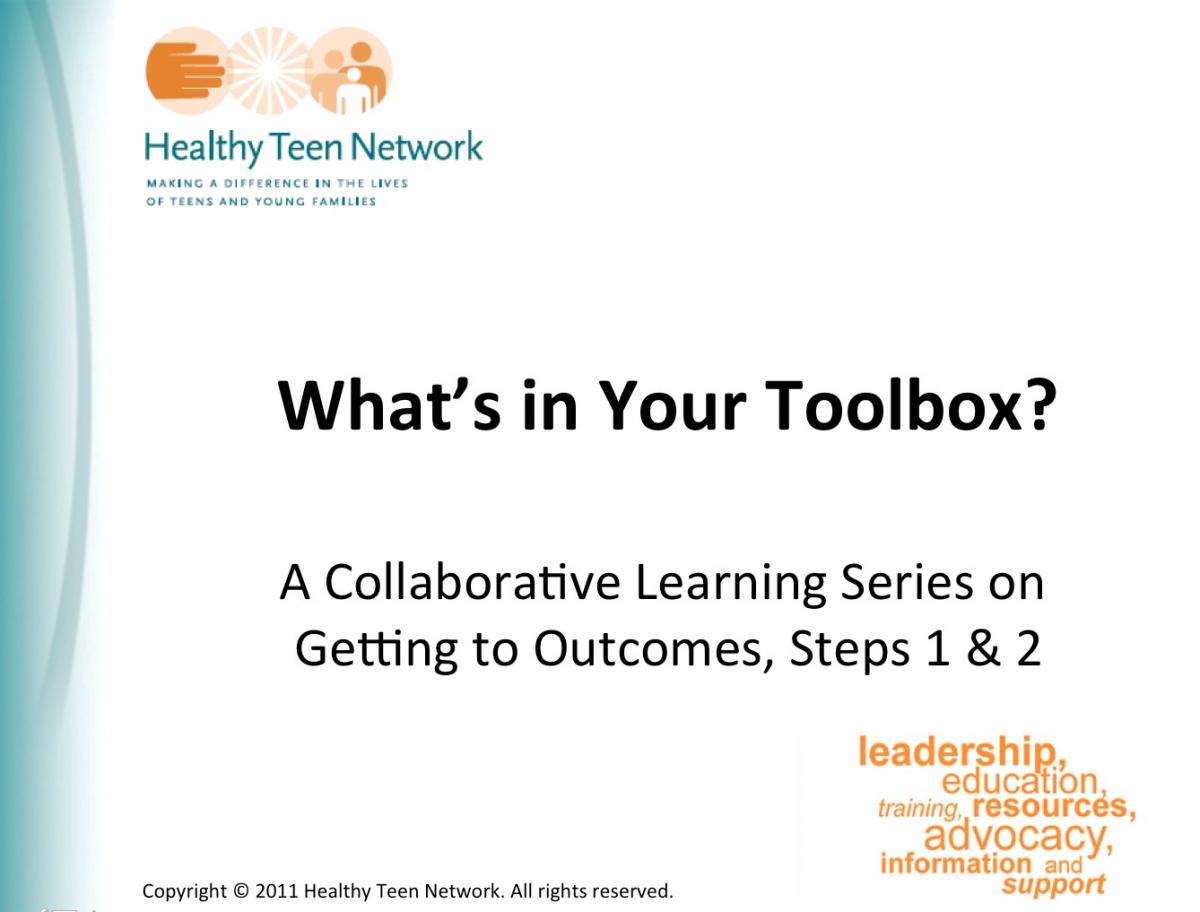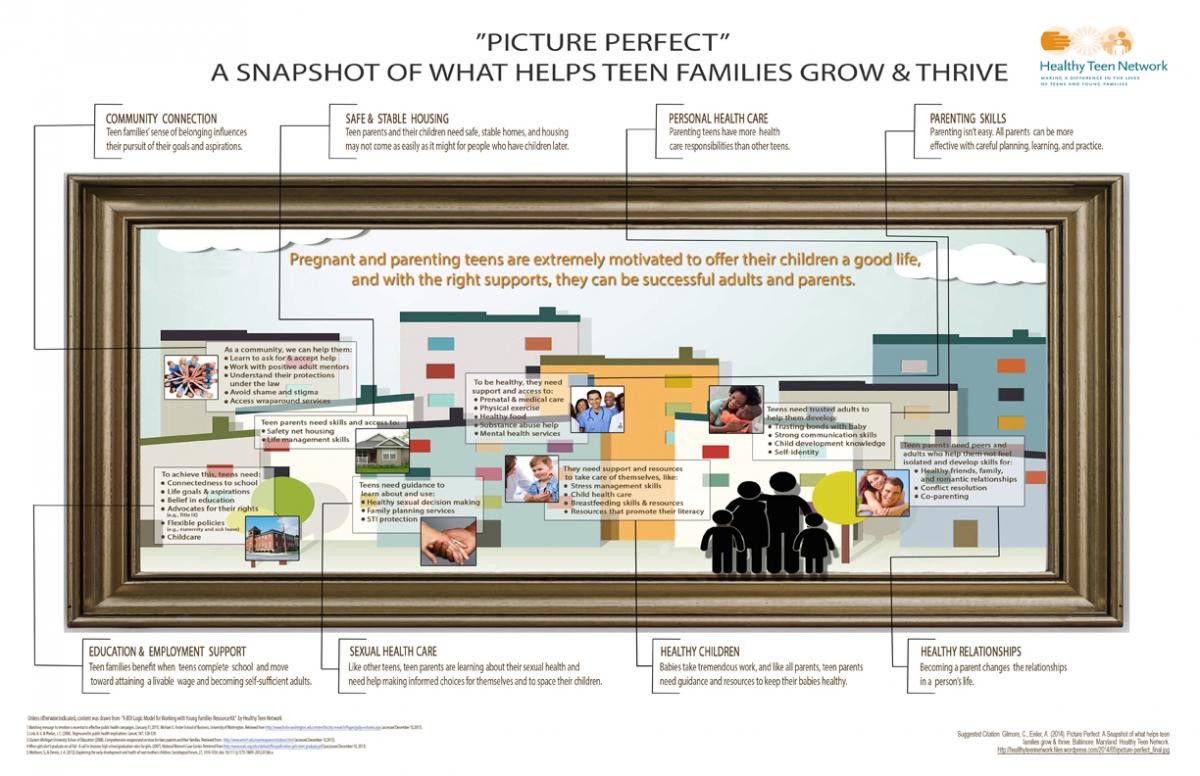Evidence-based strategies and approaches are effective and efficient ways to achieve positive outcomes. Related terms include science-based, research-based, or proven effective. Evidence-based strategies and approaches go beyond simply proven effective programs (also known as evidence-based programs or interventions).
“Evidence” includes a variety of possible strategies and approaches:
- Using a needs and resource assessment
- Using a logic model to identify data-driven goals, behaviors, and risk and protective factors (or determinants), based on the assessment
- Using health behavior change theory/theories
- Using proven effective, evidence-based, or evidence-informed programs and interventions
- Using common characteristics of other proven effective, or evidence-based programs
- Conducting process and outcome evaluation
Notice: Undefined index: desc in /var/www/html/wp-content/themes/JointsWP-CSS-master/tag.php on line 36
Notice: Undefined index: asc in /var/www/html/wp-content/themes/JointsWP-CSS-master/tag.php on line 38
Sort By Date |
Sort By Title
GTO Toolbox Webinar #1: GTO Step 1 and Step 2
July 29, 2015

This recorded webinar is one of a five-part series: GTO Toolbox. These webinars were designed as an introduction to Getting to Outcomes® (GTO). Steps 1 and 2 cover assessment, goal setting, objectives, and logic models. View the Webinar Recording, and download the slides (below).
Read moreGuide for Technical Assistance Providers Working with Promoting Science-Based Approaches in Teen Pregnancy Prevention Using Getting to Outcomes
May 15, 2015
We developed a comprehensive guide that will bolster your knowledge and sharpen your skills providing technical assistance and collaborating with program staff on Promoting Science-Based Approaches in Teen Pregnancy Prevention using Getting To Outcomes® (PSBA-GTO®). The guide includes common issues TAPs experience, suggested solutions, resources, and tools so that you can effectively guide implementation partners…
Read moreEvaluation on the Cheap
October 8, 2014
Conducting, managing, and reporting your evaluation efforts has become easier and more affordable thanks to many online tools available at low or no cost. Here is a list of useful online resources to help you manage your research resources, collect and analyze your data, and create beautiful diagrams to share your results with the world.…
Read moreUsing a Logic Model to Support Your Programs
Have you ever wondered, “Why do I need to develop and use a logic model?” Logic models should be a clear and concise “10,000 foot view” of the work you’re doing and relevant for various stakeholders involved in your work. The trick is to think about how you’ll use it, what you have to…
Read moreTip Sheet: Youth 360°: How & Where Youth Live, Learn, & Play Matters

The Social-Ecological Health Promotion Model & Social Determinants of Health This two-page resource provides a brief overview of the interrelated spheres of health (individual, relationship, community, and society) in the Social-Ecological Health Promotion Frame and the Social Determinants of Health that influence individual behavior and health outcomes. Healthy Teen Network promotes the social-ecological health promotion…
Read moreBDI Logic Model for Working with Young Families Resource Kit
In response to a need voiced by professionals working with young families, Healthy Teen Network designed a Behavior-Determinant-Intervention (BDI) Logic Model for Working with Young Families in collaboration with various professionals in the field.
Read moreTalking Social Determinants of Health with Ralph DiClemente
October 7, 2014

Healthy Teen Network is committed to using the social-ecological health promotion frame, incorporating the social determinants of health to build collaboration beyond our field and achieve results across diverse populations, including pregnant and parenting teens. But what are the social determinants of health and how do they affect adolescent sexual and reproductive health? Recently I…
Read moreTeen Birth Rates Down: Let’s Continue this Trend by Addressing Social Determinants
Friday, September 6, 2013, the Centers for Disease Control’s (CDC) National Center for Health Statistics (NCHS) released preliminary birth data for 2012. State-specific data tables are also available. Some key highlights from the CDC NCHS report on preliminary birth data for 2012[1]: Teen Birth Rates The birth rate for teens 15-19 years was down 6%…
Read moreThe Importance of an Inclusive Youth 360° Message for Adolescent Health & Well-Being
May 8, 2014
Statement from Healthy Teen Network on the Observance of the National Month to Prevent Teen Pregnancy As Healthy Teen Network participates in the 13th annual observance of the National Teen Pregnancy Prevention Month, we are encouraged by the news that rates of pregnancies and births to United States youth below age 20 have declined over…
Read morePicture Perfect: A Snapshot of What Helps Teen Families Grow & Thrive
May 7, 2014

Pregnant and parenting teens are extremely motivated to offer their children a good life, and with the right supports, they can be successful adults and parents. Healthy Teen Network’s new infographic, “Picture Perfect: A Snapshot of What Helps Teen Families Grow & Thrive,” illustrates the diverse and unique needs teen parents have with growing up and…
Read more
